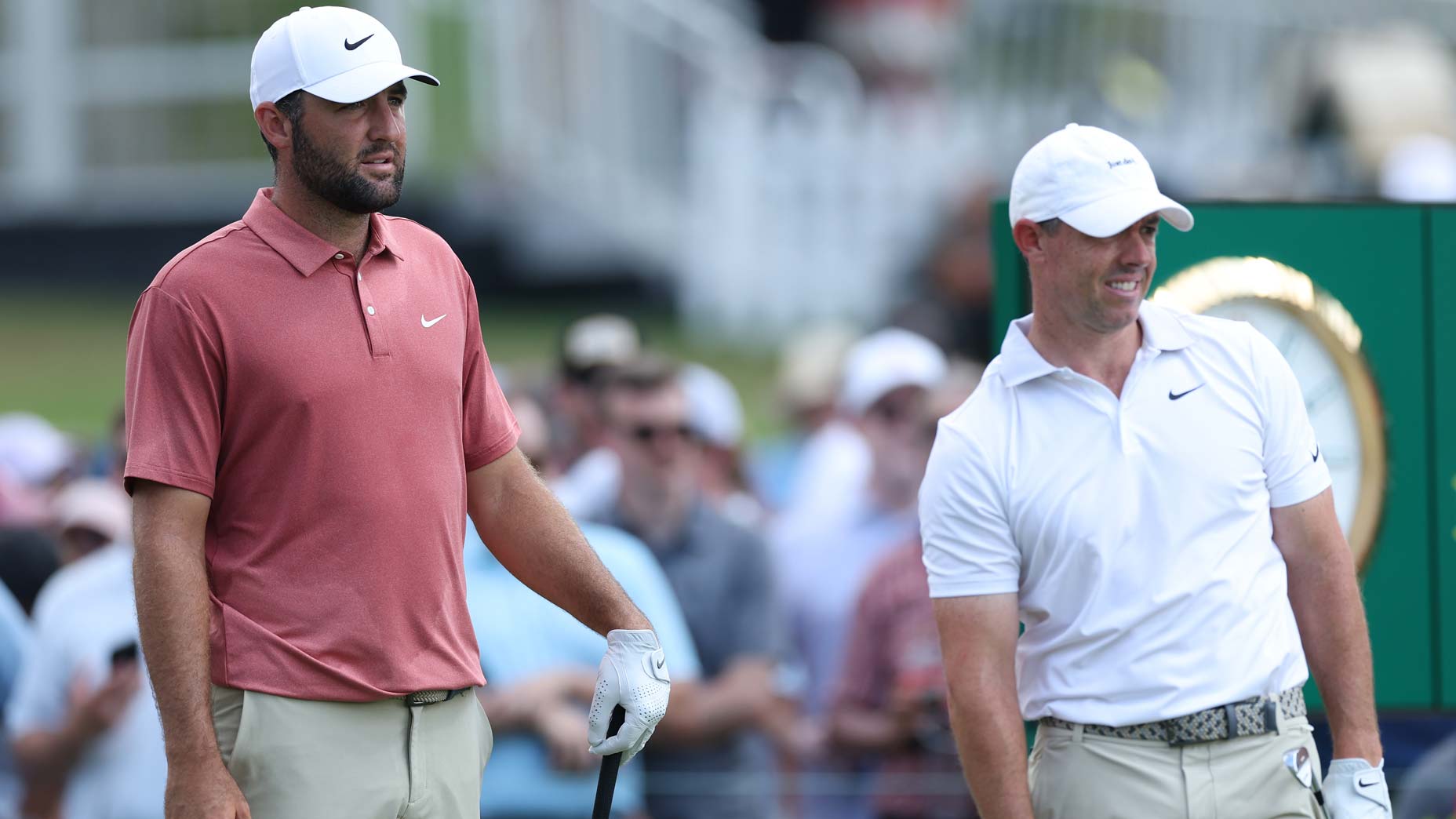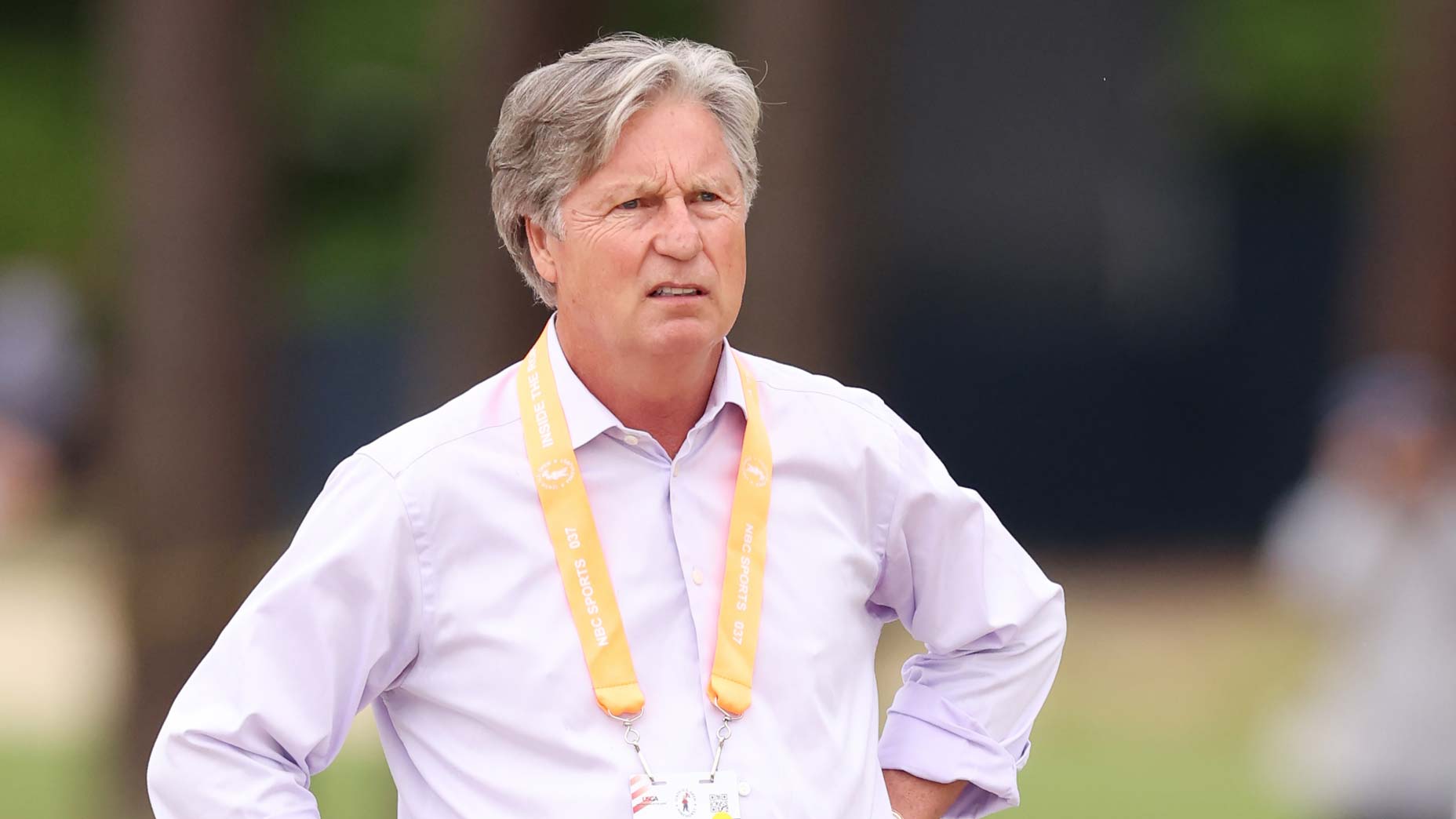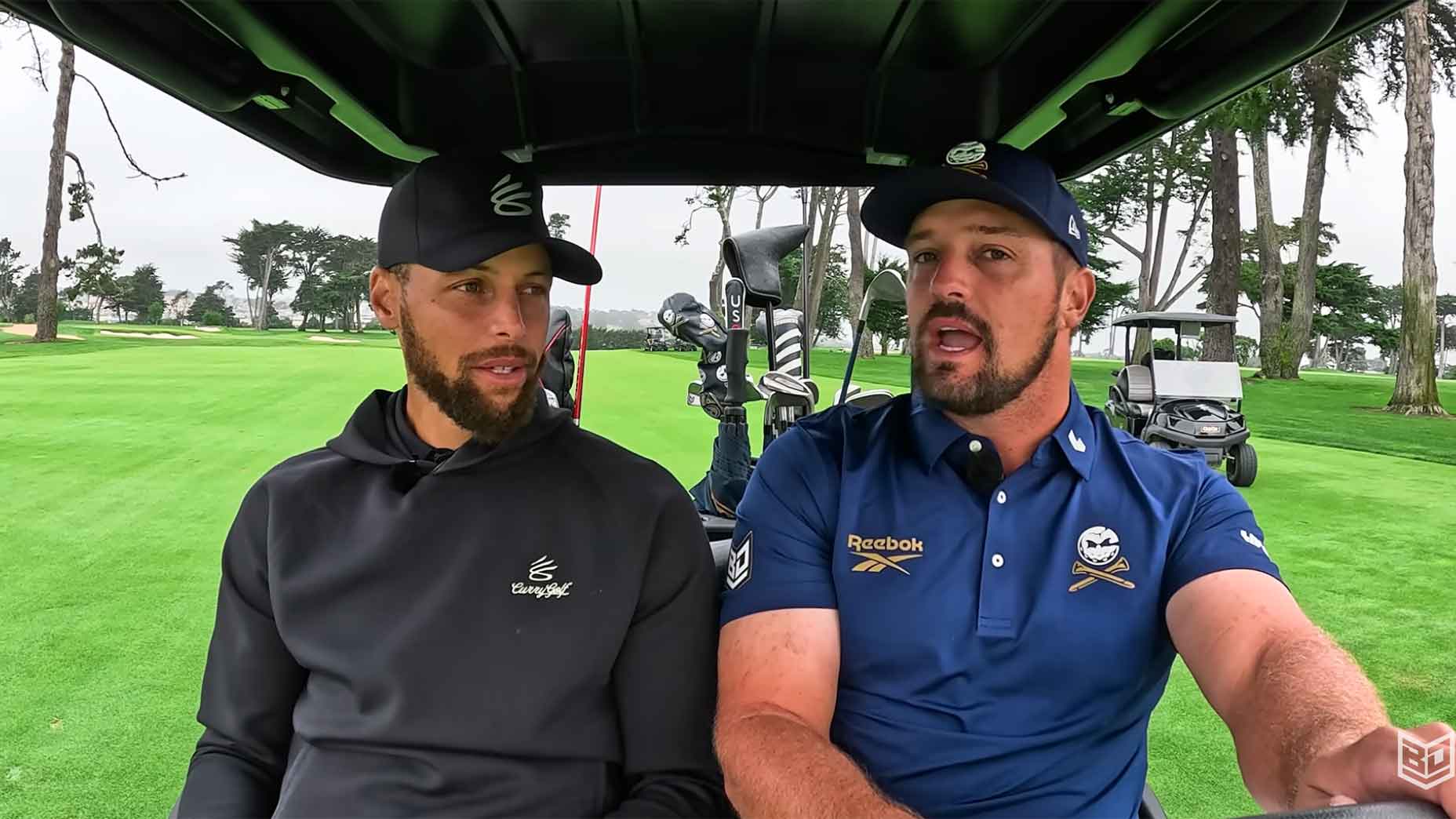HONOLULU (AP) – Charles Howell III was eating breakfast in his hotel when the restaurant at the Kahala started buzzing.
Everyone had their phones. Everyone received the same push alert.
“BALLISTIC MISSILE THREAT INBOUND TO HAWAII. SEEK IMMEDIATE SHELTER. THIS IS NOT A DRILL.”
“All the alarms went off at the same time,” Howell said. “It got everyone’s attention. I didn’t know what to do. We all stared at each other. It kind of shows you the world we live in now. Your whole life can change in a second.”
The push alert turned out to be a mistake.
The scare lasted only about 10 minutes, a little longer depending on the source of information.
Some players at least knew about Rep. Tulsi Gabbard of Hawaii, whose tweet that it was a false alarm made the rounds quickly. But it was long enough to create an unsettling start to the third round of the Sony Open from the brief uncertainty and panic across the island.
When the Hawaii Emergency Agency tweeted there was no missile threat, J.J. Spaun replied on Twitter, “In a basement under hotel. Barely any service. Can you send confirmed message over radio or tv.”
John Peterson was playing in the final group Saturday, three shots out of the lead. He is traveling with his wife, her parents and their 3-month-old son.
“Under mattresses in the bathtub with my wife, baby and in-laws. Please lord let this bomb threat not be real,” Peterson tweeted.
The push alert was issued shortly after 8 a.m., and Waialae Country Club was largely empty because the first tee time was not until 11:05 a.m. Candice Kraughto, who runs press operations for the tournament, ran into the media center with news of the alert and asked everyone to evacuate.
A local golf radio program, set up in the clubhouse next to glass windows overlooking the ocean, kept broadcasting.
The staff at Waialae filed into the clubhouse to seek shelter, at first toward the locker room lined with players’ golf clubs, and ultimately into the kitchen. They didn’t stay long.
Tournament director Ray Stosik wasn’t concerned because alerts typically are accompanied by sirens. Even so, he took the alert seriously by telling volunteer chairs and tournament staff to stay put or seek cover.
For most everyone else, the reaction was the same. Was it real? And if it was, where do you seek shelter from a ballistic missile on an island?
Marc Leishman of Australia didn’t get the push alert, but his wife did. They headed downstairs in the hotel.
“It’s an interesting feeling, isn’t it?” he said. “Something could happen in the next hour. It’s a pretty big mistake. It sent some different thoughts through your head. A few extra hugs for the kids. It wasn’t panic. It’s not like you can see it coming and dodge it.”
There was nothing to see, though that was a consideration for Justin Thomas and Russell Knox.
Knox, who grew up in Scotland, said his wife was walking on the beach when she called him and told him to turn on the news. There was nothing there.
“I went out to the balcony expecting to see a missile flying toward Waikiki,” he said. “You never really think that’s going to happen. But my heart rate went up a little bit.”
Thomas, the PGA Tour player of the year, said he woke up to a text from Tom Lovelady asking him if the missile threat was real.
“He said everyone was freaking out,” Thomas said. “I turned on the TV and didn’t see anything. I looked online and thought, `It can’t be real.’ I put on some music, opening the sliding door and figured there was nothing I can do about a missile. But right when it happened, everything flashes. It’s the first time I guess you can say my life flashed before my eyes. It was a little dicey.”
Colt Knost is staying in Waikiki Beach and didn’t know where to go or what to do.
“I went down to the lobby and everyone is panicking,” he said. “Everyone was running around like, `What do we do?’ It was crazy. It would have been interesting if we had been on the golf course.”
He sent a text message to a PGA Tour executive and was told the tour was checking on it.
“I texted one of the rules officials and asked if tee times were delayed,” Knost said.
Emiliano Grillo of Argentina tweeted an image of the push alert from his hotel room and wrote, “Just woke up here in Hawaii to this lovely text. Somebody can verify this?” He showed up at the course about an hour later and was asked how he was doing.
“We’re still here,” he said.





